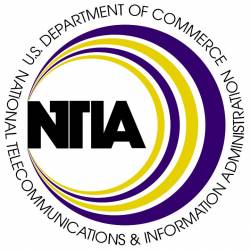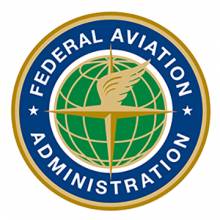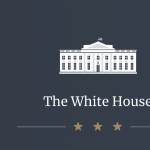
A reported White House plan to rely on voluntary adoption of privacy best practices for unmanned aircraft operations appears unlikely to address concerns that the aerial vehicles will be used to spy on people in their homes or abused by law enforcement officials conducting surveillance.
A reported White House plan to rely on voluntary adoption of privacy best practices for unmanned aircraft operations appears unlikely to address concerns that the aerial vehicles will be used to spy on people in their homes or abused by law enforcement officials conducting surveillance.
The Obama Administration is reportedly readying an executive order to have the Department of Commerce lead industry and privacy advocates in developing voluntary guidelines to address public demands for privacy protections. According to Politico, the job will fall to the National Telecommunications and Information Administration (NTIA), which has previously worked on do-not-track guidelines for cell phone data collection and is now engaged in an effort to develop rules of the road for implementing facial recognition software.
Among other responsibilities, the NTIA coordinates federal use of frequencies and advises the White House on radio frequency issues. The agency played a crucial role in GPS affairs in recent years when it asked the Federal Communications Commission (FCC) to hold off on allowing LightSquared to begin commercial operations of a terrestrial broadband system in spectrum adjacent to GPS and other GNSS signals.
A great deal is riding on the success of any new privacy measures. The Federal Aviation Administration (FAA) is working to set rules to integrate unmanned aerial systems or UAS, more commonly known as unmanned aerial vehicles or drones, into the national airspace. The Association for Unmanned Vehicle Systems International (AUVSI) estimated last year that within three years of such integration, the U.S. market for unmanned aircraft could surge to $13.6 billion and top a total of $81.1 billion within a decade.
Privacy worries, however — which have captured the attention of some members of Congress — <https://www.insidegnss.com/node/3627> are widely acknowledged to be slowing the FAA’s efforts. In addition more than 40 states over the last two years have weighed legislation restricting the use of UAS with 14 states adopting such measures and another half dozen still considering limits.
In response to concerns, the FAA established privacy requirements for the six UAS test ranges it set up at the end of 2013 and AUVSI has adopted an industry code of conduct for UAS operators.
AUVSI has also come out in support of the reported White House plans.
“We welcome the President’s executive order and the attention to UAS at the highest levels of the government shows the tremendous potential of the technology,” the industry association said in a prepared statement. “The Fourth Amendment to the U.S. Constitution and subsequent court decisions provide a robust legal framework that protects Americans’ right to privacy, and voluntary guidelines can help UAS users further respect privacy laws while using this technology. AUVSI has long been at the forefront of this topic, working with privacy advocates and experts, as well as offering the first industry code of conduct for UAS operations. We would welcome the opportunity to participate in the NTIA process in order to continue advancing the UAS integration in a safe and responsible manner.”
Concerns Remain
Privacy advocates however are giving the idea a cool reception.
“It’s not a good approach,” said Jeramie Scott, National Security Counsel at the Electronic Privacy Information Center (EPIC). “Namely they are calling for voluntary guidelines through this multi-stakeholder process, which has proven to be a massive waste of time.”
Part of the problem, said Scott, is that the NTIA has proven less than adept at setting new rules.
“The process they typically go through for developing voluntary guidelines is not one that recent history shows to be very effective,” he said. “For example, the do-not-track process has been going on for years without any real tangible results. They are currently working on rules for facial recognition, and I don’t have a lot of faith that quality, enforceable rules, will come out of that process.”
“Our basic take is that this [voluntary approach] is not enough,” said Christopher Calabrese, the legislative counsel for privacy-related issues in the American Civil Liberties Union’s Washington Legislative Office. “This can’t replace FAA action in this area.”
“The FAA has test sites going where they are looking at the information collected,” Calabrese told Inside GNSS. “They have the ability to govern how drones fly and where they fly. All of those things have huge privacy implications.”
Moreover the FAA has the ability to enforce any rules that are set, Calabrese explained. “The fact is the FAA has actual authority in this area and can potentially regulate things like a drone —letting people know who is flying it or who’s responsible for it. That’s a very basic privacy idea. The idea of notifying people as to who’s collecting information on them [is] also pretty basic.”
The voluntary guidelines, according to Politico, would also not address the use of UAS by law enforcement — a frequent target of state lawmakers.
What is needed, said Scott, is “comprehensive legislation that would address both the commercial use of drones and the government’s use of drones — particularly law enforcement’s.”
While AUVSI and the industry as a whole have been very leery of privacy regulation, federal legislation that cleans up the emerging patchwork of state laws could simplify operations — something a set of best practices from NTIA is unlikely to achieve.





